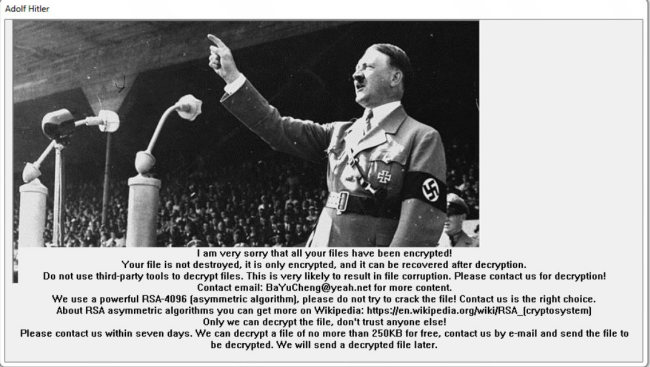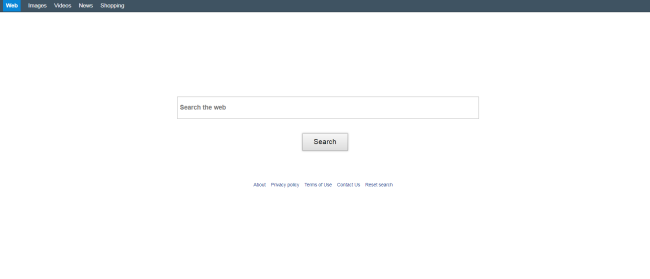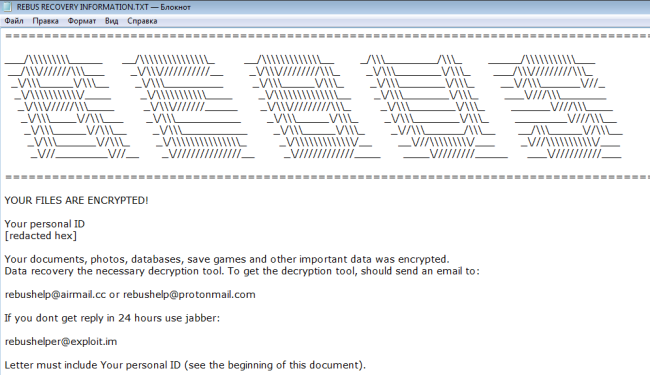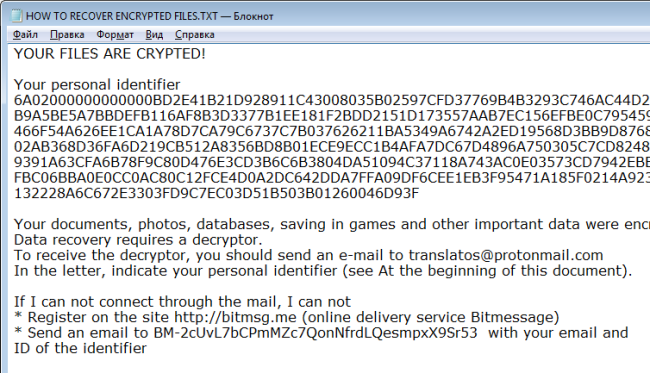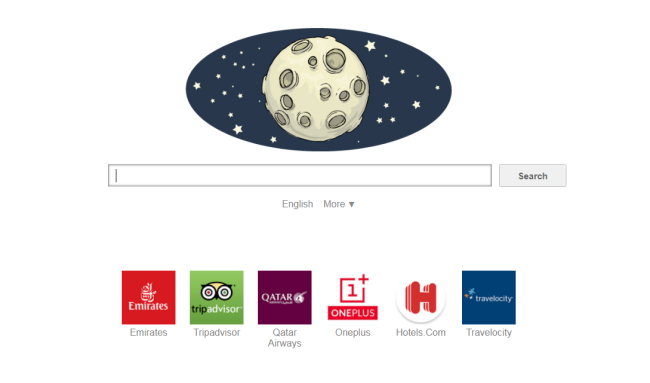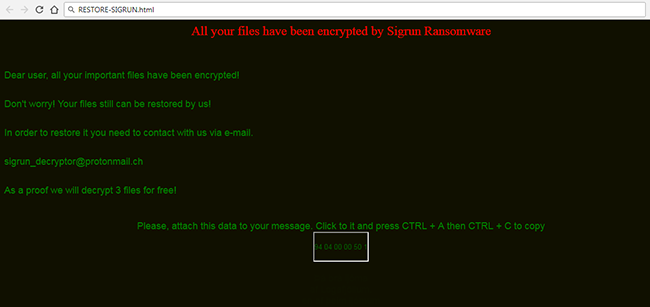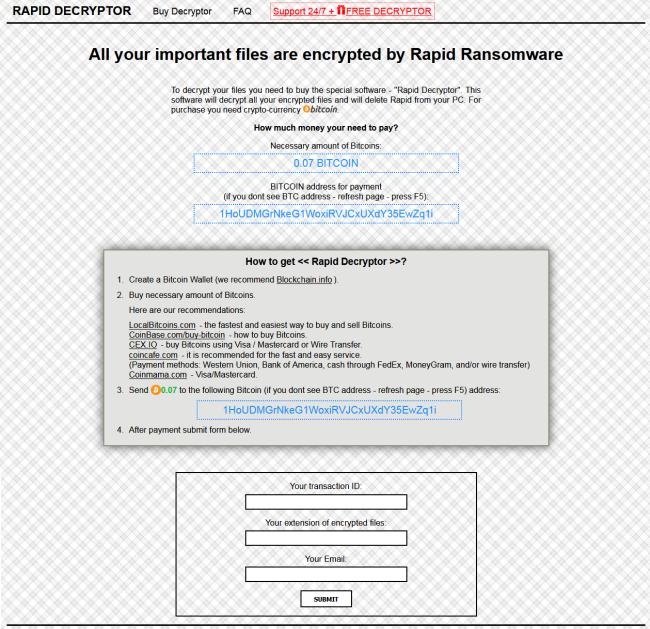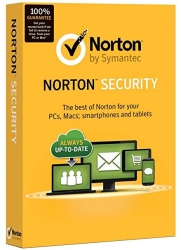How to remove Mac Ads Cleaner
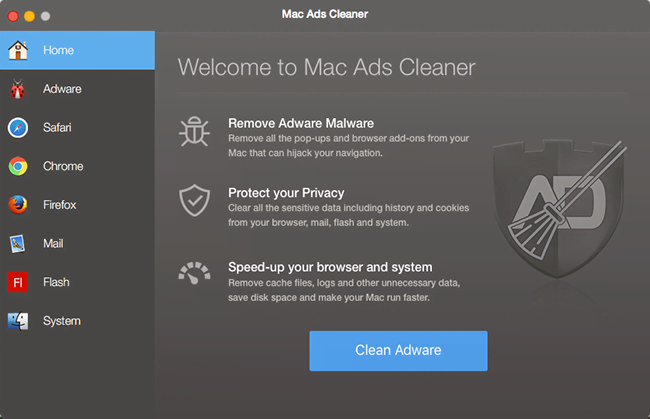
Mac Ads Cleaner is a deceptive application stating that it can boost up a computer performance. However, it’s exactly the opposite. Once launched, it starts to display a lot of non-existent threat messages in order to persuade you to buy the full version of Mac Ads Cleaner. And Mac Ads Cleaner will do it persistently displaying commercial content every time you work in front of a computer.





